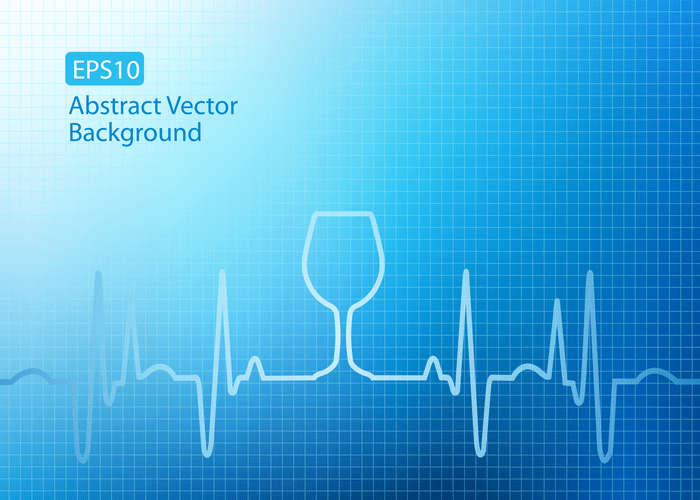Josh Lee is a clinician and researcher with a focus on medication-assisted treatment of alcohol and opioid use disorders. https://bodhicittachiropractic.chiropracticis.com/10-great-addiction-recovery-blogs-worth-following/ He has conducted multiple clinical trials examining the use of naltrexone in primary care and other community settings. As a practicing physician, Josh helps manage the NYC Health + Hospitals/Bellevue addiction medicine clinic in adult primary care.
Recovery Support

By using medication as a tool, individuals can make conscious decisions about their alcohol consumption rather than being driven by cravings. Alcohol addiction alters brain chemistry, making it increasingly difficult for individuals to quit on their own. The brain’s reward system becomes hijacked by the alcohol, reinforcing the drinking behavior and making it a compulsive activity. This is where the Sinclair method Sinclair Method offers a different perspective on addressing the problem. In a world where alcohol consumption often dominates social interactions, The Sinclair Method provides a means to reclaim one’s autonomy, offering tools for healthier relationships with alcohol, oneself, and others.
Meet Our Clinical
- The key here is to let the medication do its job of blocking the pleasurable effects of alcohol.
- The combination of medication and cognitive-behavioral strategies provided them with the tools needed to navigate social situations confidently, leading to improved relationships and mental health.
- Traditional programs such as AA report varying success percentages, but their effectiveness is often measured in terms of maintained abstinence.
- It would take rigorous discipline to take something that would deter them from experiencing the high from activating the reward center in their brain.
- This timing allows the medication to fully occupy the opioid receptors before alcohol is consumed.
The Sinclair Method is a gradual process, and its effects Substance abuse continue to evolve as the brain’s reward system adapts. While some people experience a reduction in cravings and alcohol consumption fairly early, others need more time or need additional support to complete the full course of treatment. Some people report significant improvements within 2-3 months, while others might need up to a year to see substantial changes. It’s important to remember that TSM is a gradual process that requires patience and consistency. The key is sustained use of naltrexone before drinking to reduce cravings, with the ultimate goal of changing the brain’s association between alcohol and pleasure. Et al. 2022, titled “Use of Naltrexone in Internet Gaming Disorder.” These applications require different dosing or strategies and have not been as extensively studied.
Evidence and Effectiveness

Therefore, the Sinclair Method is built primarily for those who are looking to achieve moderation, not sobriety. This process is called “pharmacological extinction” because it gradually extinguishes the learned behavior of drinking alcohol for pleasure. While TSM has proven effective for many, it may not be suitable for every individual with AUD. Those struggling with severe alcohol dependence occurring disorders may benefit more from treatment programs that include detox and intensive therapy. Consulting with a healthcare professional is essential to determine the best approach for each unique case. The Sinclair Method has several advantages over more traditional AUD treatment options, such as AA.
- Over time, research found that naltrexone had a similar effect in humans with alcohol use disorder who wanted to cut back on their drinking.
- Naltrexone, the primary medication in the Sinclair Method, is considered safe when combined with many common medications, including antidepressants.
- Learn how Thrive’s home-based program, centered on naltrexone, helps you take control of alcohol and rebuild your confidence.
- Thrive helps you take control of alcohol through naltrexone and the Sinclair Method, combining neuroscience and behavior change to transform your drinking habits for good.
- Over time, the idea is that drinking becomes less rewarding and more of a neutral or even unpleasant habit, which reduces cravings and helps the brain unlearn the compulsion to drink.
Real-World Success and Criticisms
We’re a neuroscience-backed app that has helped millions of people reduce their alcohol consumption and develop healthier lifestyle habits. He first observed the effects of naltrexone on drinking behavior in animals, finding that the longer animals who had been trained to drink were deprived of alcohol, the more they would press a lever to obtain it. Sinclair termed this phenomenon the “alcohol deprivation effect,” comparing it to the increased alcohol cravings experienced by people with alcohol use disorder. As we reflect on the potential of The Sinclair Method, it’s evident that no single treatment can universally address the diverse needs of individuals struggling with AUD. The journey toward recovery is profoundly personal, shaped by an array of biological, psychological, and social factors. TSM, with its patient-centered approach and flexibility, represents a critical addition to the spectrum of treatment options available, offering hope and a new direction for those seeking to overcome alcohol dependence.


